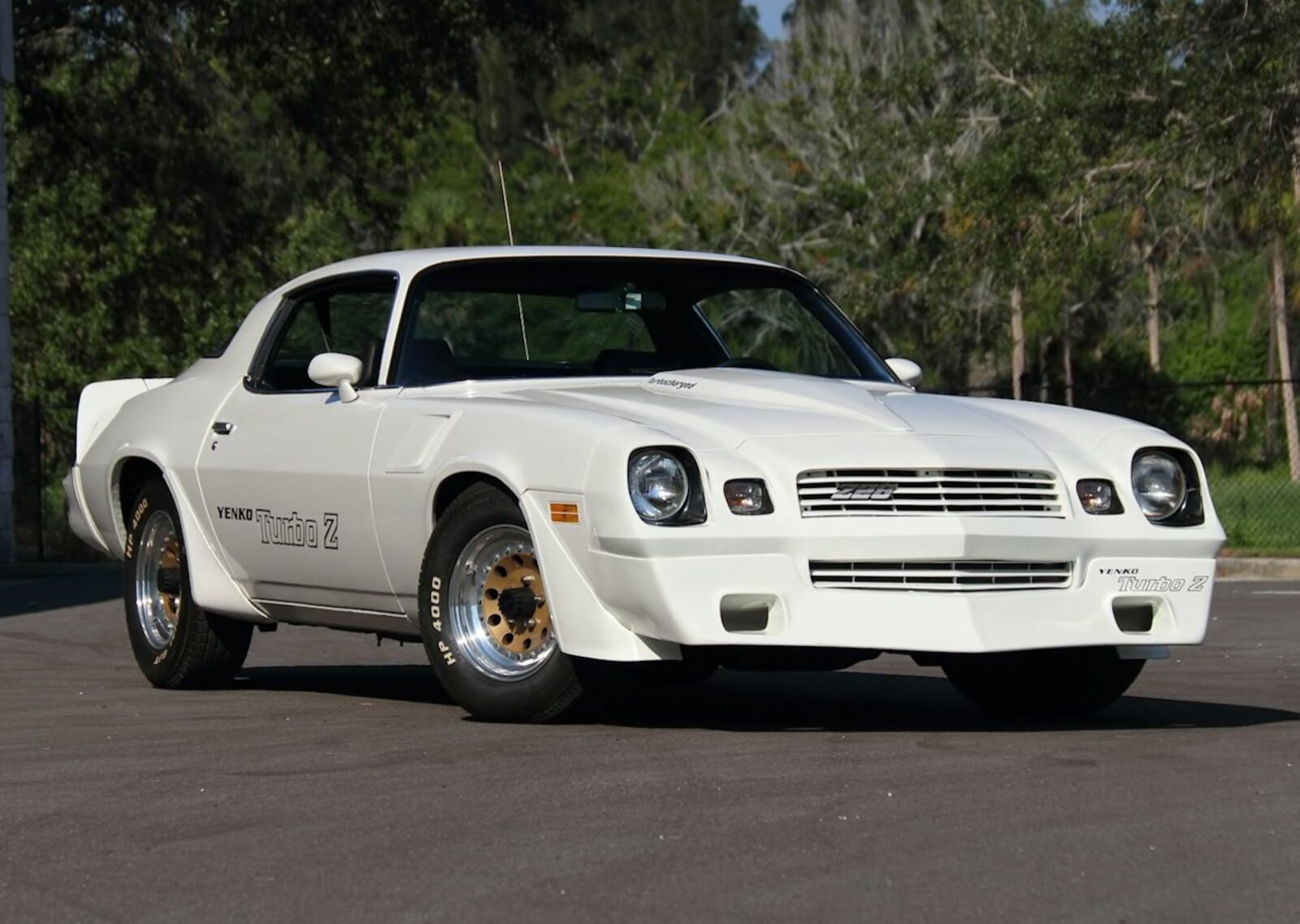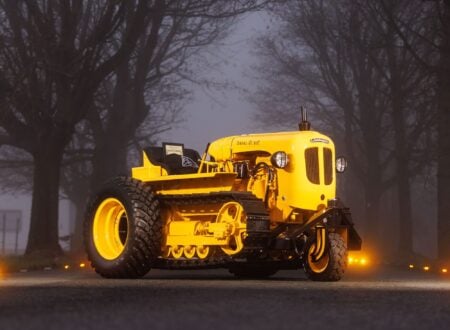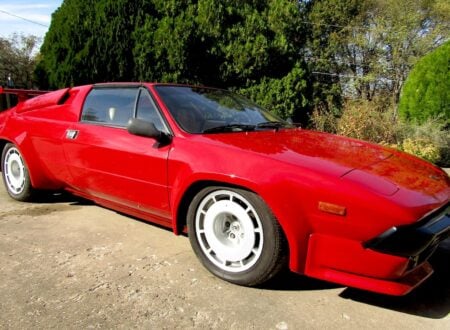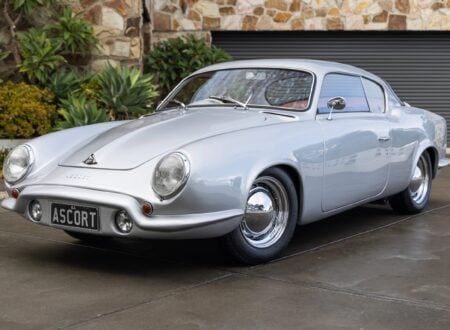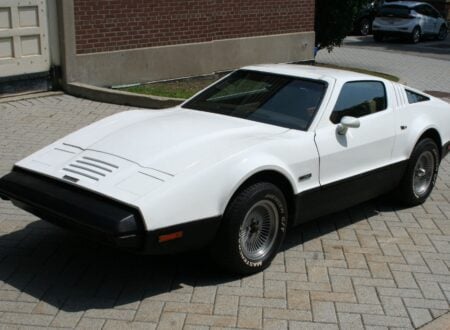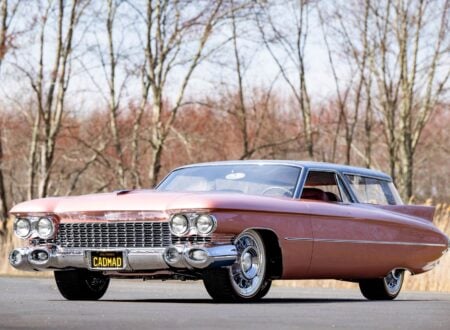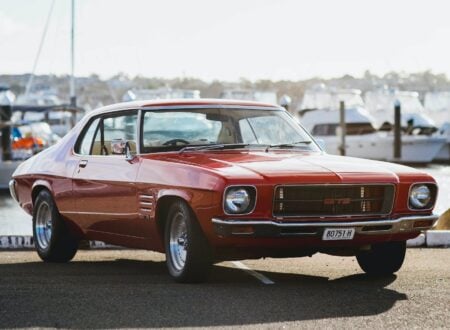This is one of just 16 examples of the 1981 Chevrolet Yenko Turbo Z that were ever made – the final production model ever offered from Don Yenko – a worthy rival of Carroll Shelby.
The Yenko Turbo Z was fitted with a slew of upgrades over the stock Camaro, most significantly a turbocharger was fitted under the hood producing 7 PSI. This dropped the car’s 1/4 mile time by 3 seconds and resulted in an estimated output of 240 – 250 bhp.
Fast Facts – The Chevrolet Yenko Turbo Z
- Don Yenko was a pilot, a USAF veteran, and a multiple championship-winning race car driver who began to make a name for himself in the mid-1960s by modifying Chevrolet Corvairs – calling them “The Stinger.”
- Over the late 1960s and into the 1970s Yenko would create a range of modified production cars that offered more power, better handling, and better brakes than were on offer from the factory. These cars included the Yenko Stinger, Yenko Camaro, Yenko Chevelle, Yenko Vega, and his last car, the Yenko Turbo Z Camaro.
- The Turbo Z Camaro started out as a stock 1981 Camaro, it was then fitted with a Turbo International turbocharger producing 7 PSI of boost, a fuel heating system, and water injection. It produced 240 – 250 bhp, vastly more than the 165 bhp offered by the factory.
- Three examples of the Chevrolet Yenko Turbo Z were made to Stage II specification (including the car shown in this article). This included the addition of Koni shock absorbers, Guldstrand polyurethane bushings, Weld two-piece wheels, Kamp leather seats, and a Racemark steering wheel.
The Last Yenko Camaro
Pilot, Air Force veteran, and multiple championship-winning race car driver Don Yenko is best remembered today for his line of high-performance cars that first appeared in the mid-1960s with the Yenko Stinger – a high-performance version of the Chevrolet Corvair developed to homologate it for SCCA competition.
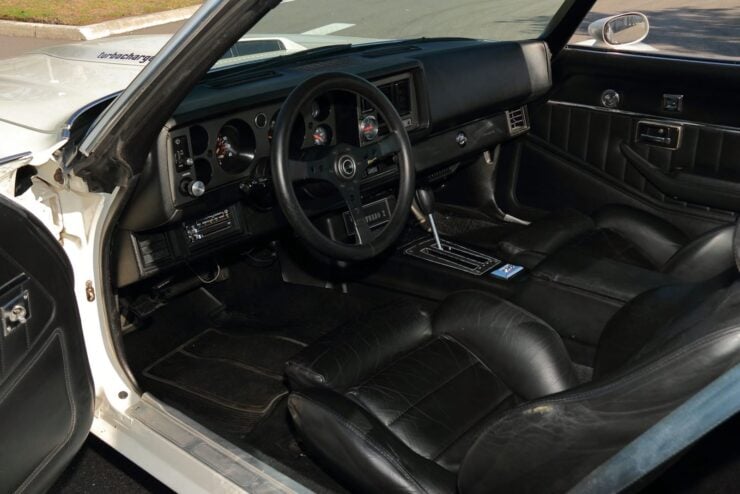

The Stinger would prove wildly successful despite its relatively newness, by the end of 1966 it had won the Central Division Championship, it won the Northeast Division Championship, and it placed fifth in the 1966 Nationals.
Following on from the runaway success of the Stinger, Don turned his attention to the then-new Camaro. he developed what would arguably be his most famous car – the Yenko Camaro. This would be a major period competitor for the Shelby Mustang.
Yenko Chevelles would follow and as emissions restrictions began to bite in the early 1970s Don turned his attention to the Vega – turbocharging its 2.3 liter inline-four to produce 155 bhp and considerably more torque than it ever made from the factory.
By 1973 it seemed that, given the new emissions regulations, that high-performance Yenkos and Shelbys would be a thing of the past. But it wasn’t quite curtains yet, and in the early 1980s Don shocked the American motoring world with the announcement of an all-new Yenko Camaro – the Yenko Turbo Z.
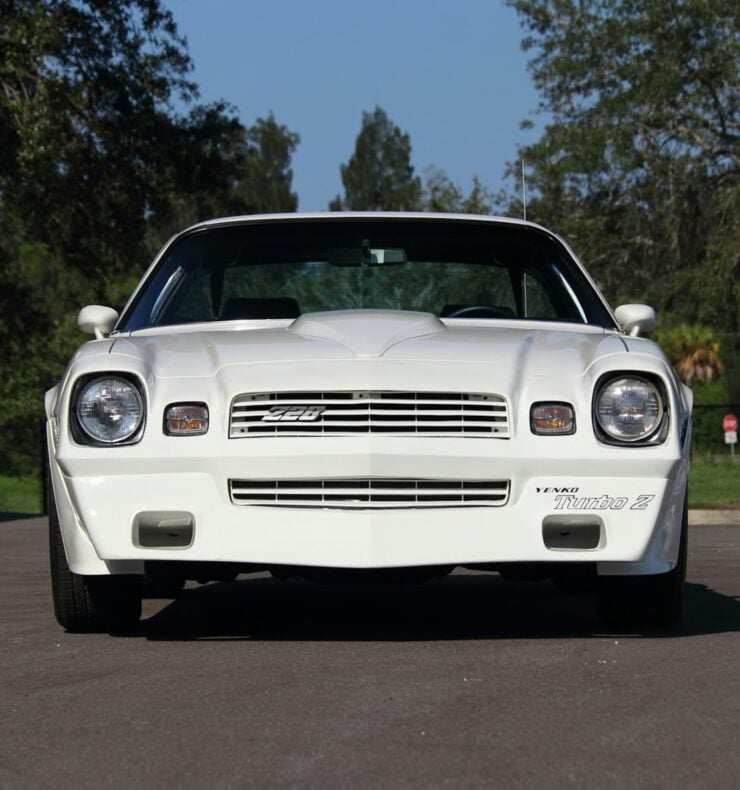

“From a performance standpoint, cars have shown a slow but steady decline in the last 10 years. Low compression engines to accommodate low octane fuel, are now the norm. Ever-increasing numbers of emissions controls have sapped their share of horsepower from once potent engines. To recover these accumulated horsepower losses without increasing pollution presents a real challenge.”
“After months of testing and development we have done it. Working closely with some competent people at Turbo International a system emerged that does everything we hoped for. This system, like all others, captures the energy to improve the induction of fuel/air mixture. The similarity to the other systems stops right here. Our system uses no priority valve so there’s no turbo-lag.”
“We don’t have a waste gate to malfunction either. And since all of the fuel entering the engine is “processed” through the turbo, you get better fuel economy and improved response even without being in boost. Every nut, bolt and fitting used in this system is the best available. This has all been developed with each and every emission control connected and functional” – Don Yenko
The 1981 Chevrolet Yenko Turbo Z
The car you see here is one of the 16 original examples of the 1981 Chevrolet Yenko Turbo Z, and importantly, it’s one of just three that were built to Stage II specification.
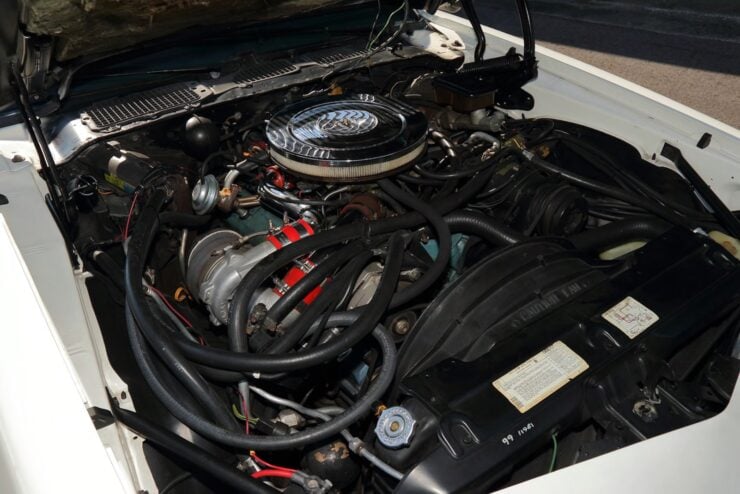

Due to the low production numbers and the fact that the car appeared during the Malaise Era it’s often forgotten but it really shouldn’t be – it caused a sensation when it was first announced, and triggered a wave of excitement in the American sports car community that was starved of American-made vehicles that were genuinely exciting.
As you will have read above, the Yenko Turbo Z was fitted with a turbocharging system that had been co-developed with Turbo International to increase the power of the factory-fitted 350 cubic inch small block V8 from 165 bhp to 240+ bhp.
This increase in power was enough to drop the 1/4 mile time by 3 seconds and give the Camaro serious performance chops by the standards of the early 1980s.
Three of these Yenko Turbo Zs were fitted with the optional Stage II specification which included the addition of Koni shock absorbers, Guldstrand polyurethane bushings, Weld two-piece wheels, Kamp leather seats, and a Racemark steering wheel.
Prominent decals were applied to each side of the car that told the world it was a Yenko Turbo Z, there was also a decal fitted up front to the left side of the spoiler, and one on the back just under the lip spoiler.
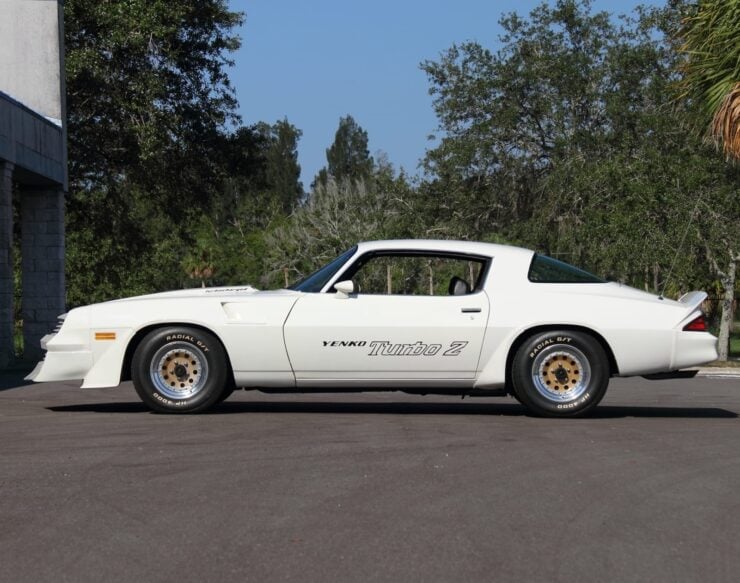

The car you see here is one of the original Stage II vehicles, it now has 38,852 miles on the odometer. and importantly it maintains its factory-fitted, matching numbers engine.
It comes with its COPO Connection Certificate and its original build sheet and it’s due to roll across the auction block with Mecum in early January. If you’d like to read more about it or register to bid you can visit the listing here.
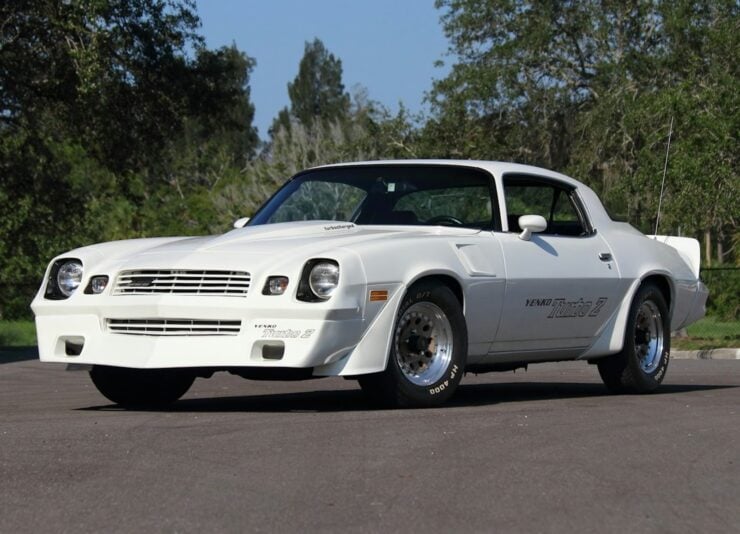
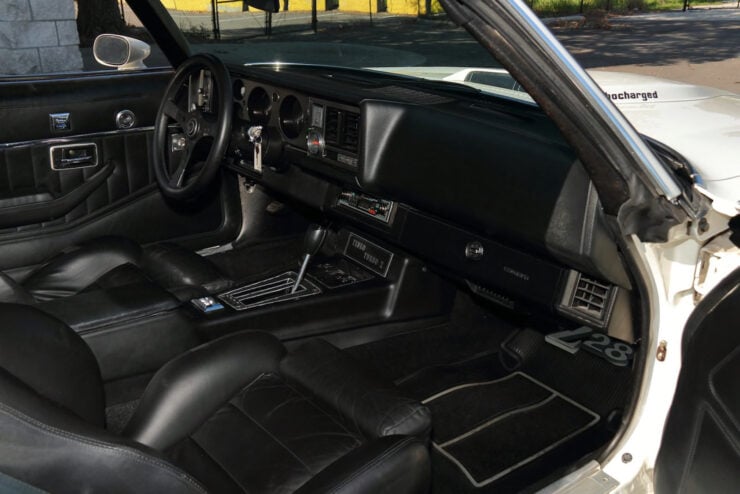
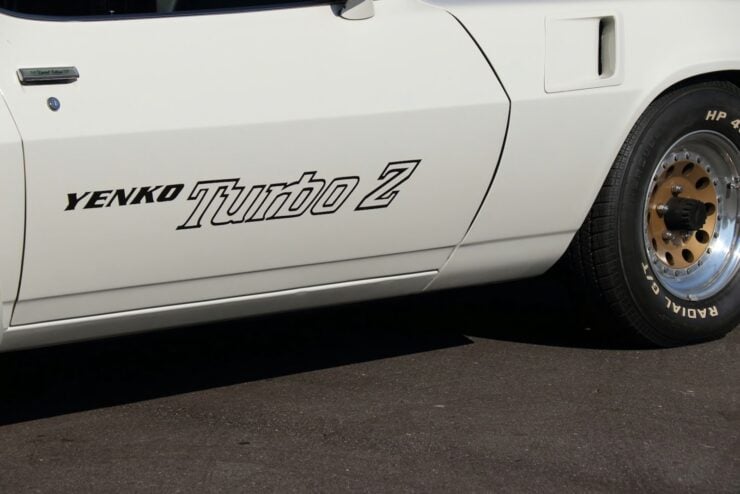
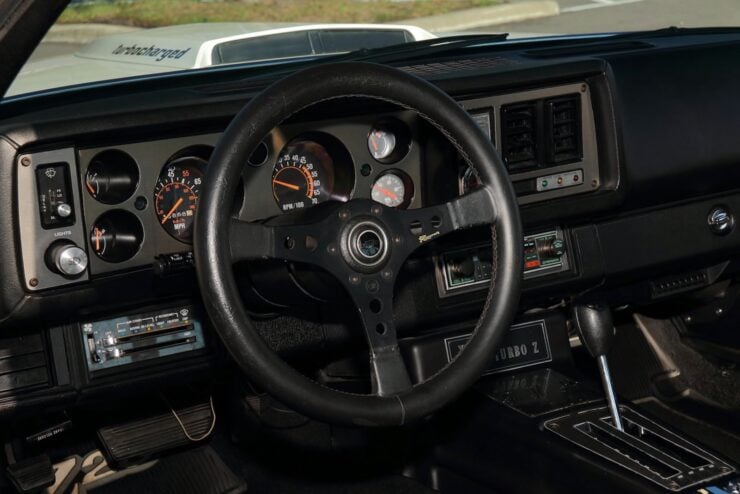

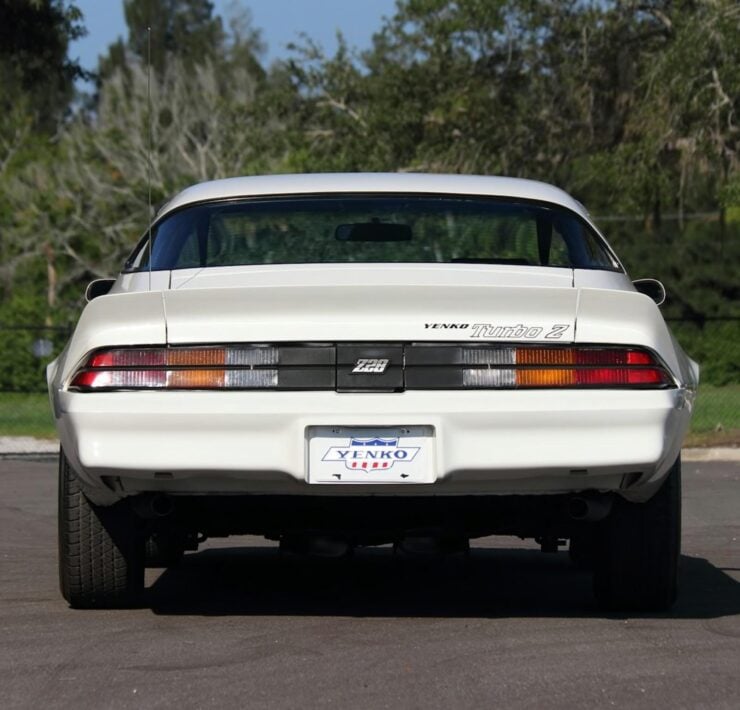
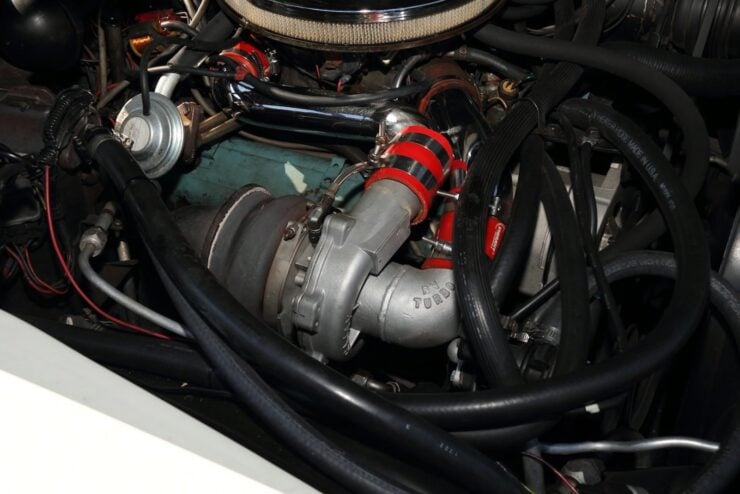
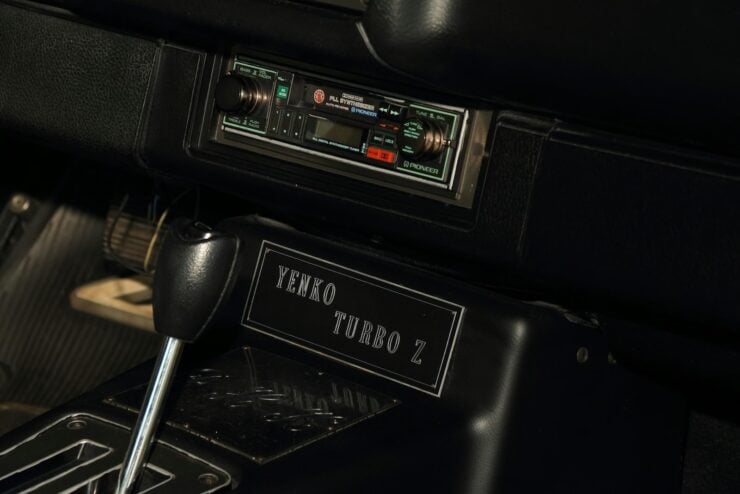
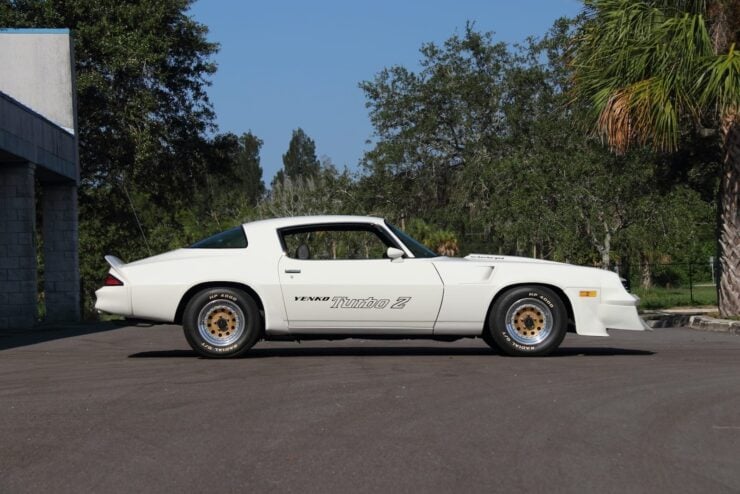
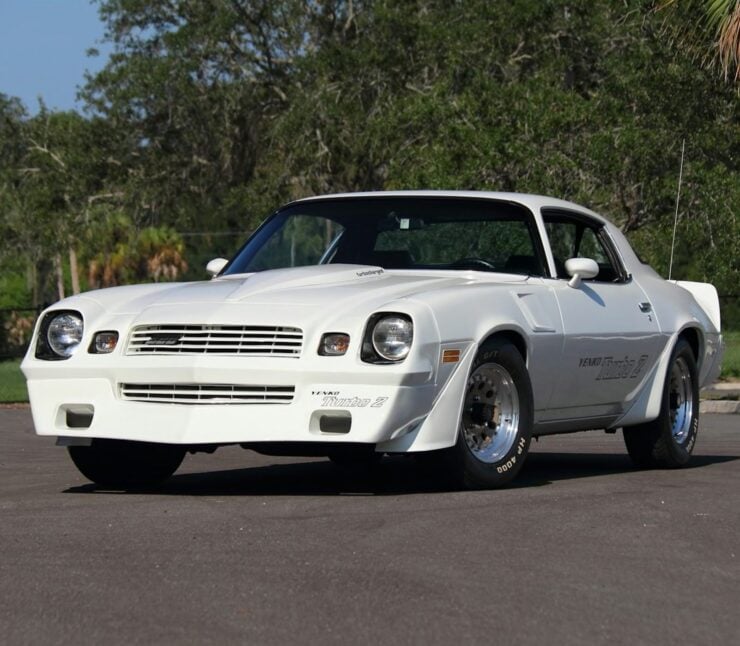
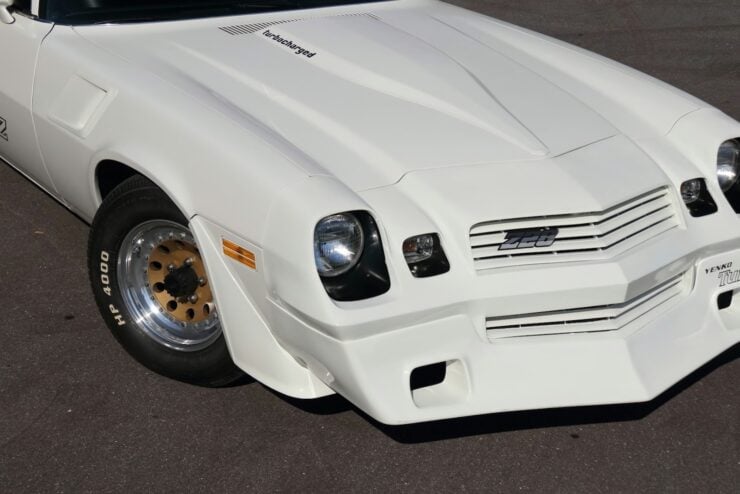
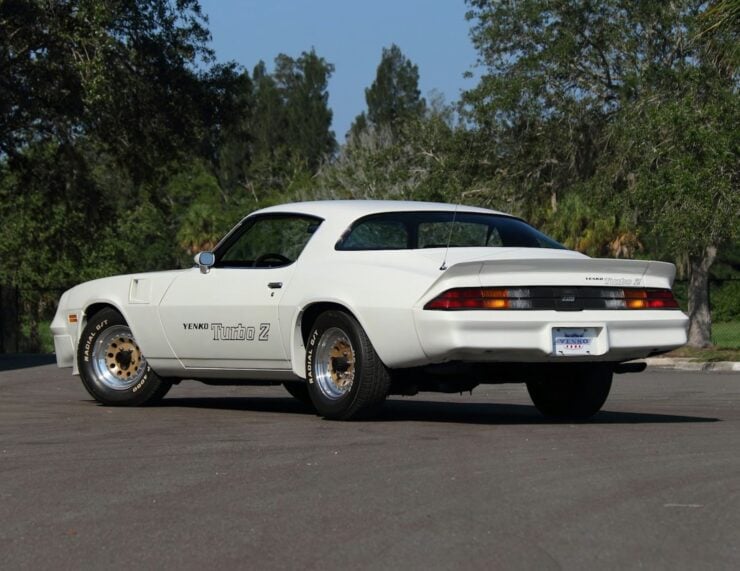
Images courtesy of Mecum

Articles that Ben has written have been covered on CNN, Popular Mechanics, Smithsonian Magazine, Road & Track Magazine, the official Pinterest blog, the official eBay Motors blog, BuzzFeed, Autoweek Magazine, Wired Magazine, Autoblog, Gear Patrol, Jalopnik, The Verge, and many more.
Silodrome was founded by Ben back in 2010, in the years since the site has grown to become a world leader in the alternative and vintage motoring sector, with well over a million monthly readers from around the world and many hundreds of thousands of followers on social media.

